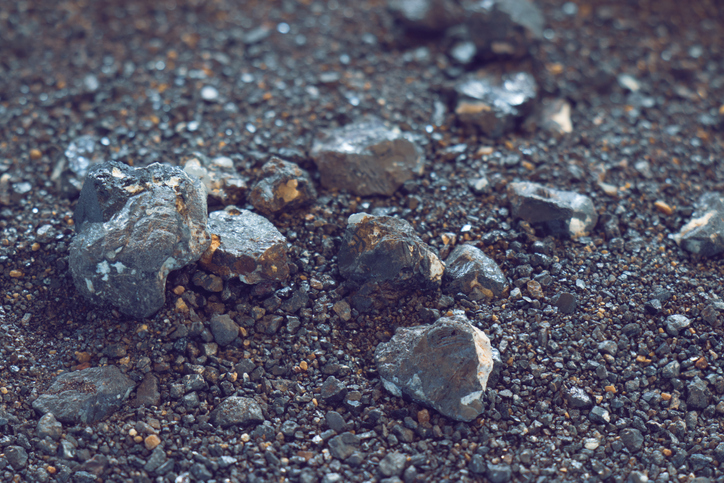While tin (Sn) is not mentioned as often as copper, it is another widely used metal for industrial applications. Tin is used most in electroplating, where the metal is used to coat other base metals to provide protection from other factors such as corrosion. Electroplating can also provide a more aesthetically pleasing appearance. The tin is used as an anode in an electrolyte solution as electrical current dissolves the tin as it moves to deposit itself on the submerged product.
Another big use for tin is for solder. Solder allows for two metal parts to be connected by creating a solid joint. In the past, tin was used as an alloy with lead to create tin solder. However, more companies are looking at silver (Ag) taking the place of lead in the alloying process.
Silver (Ag) Alloyed to Tin
Silver is a very soft and ductile metal. It is stable in high temperatures and can resist corrosion. Silver is often alloyed with copper to make sterling silver. Yet small quantities of both copper and silver can be added to tin to create tin silver. Tin silver is most often used when soldering together products for applications.
Tin silver solder is taking the place of other solders that may contain lead. Many applications cannot use solder that contains lead due to either water or food that may come in contact with the solder when traveling through processing pipes. Tin solder is considered PB-free as it is safer for the environment when being disposed unlike lead that can harm humans, plants, and animals.
The majority of the alloy will consist of tin at 95% to 96.5%. The remainder of the alloy will be silver at 3.5% up to 5%. Tin solder can be used at very high temperatures due to the stability of the silver to form a highly reliable connection for applications. In addition to using tin for pipe joints that may come in contact with water or food processes, tin solver will be used for central heating and hot water systems as the joint will withstand the high temperatures of the water and heat that will move through duct and pipe work.
Additional Applications for Tin Silver
Tin silvers will also be used for electronic assemblies, such as electrical contacts, as an alternative to tin lead. Customers may also use tin silver for die attachments and thick films. With silver often used in jewelry making, tin silver will be used to solder pieces together. This jewelry process allows the piece to have a high level of brightness that is desired for an aesthetically pleasing appearance that does not look out of place due to the tin silver’s brightness.
Tin silver versatility and silvery bright appearance makes it ideal for a number of applications. Whether it is for electroplating, soldering, or creating attachments, it has become the sought after metal when wanting a safer material than traditional tin lead.

